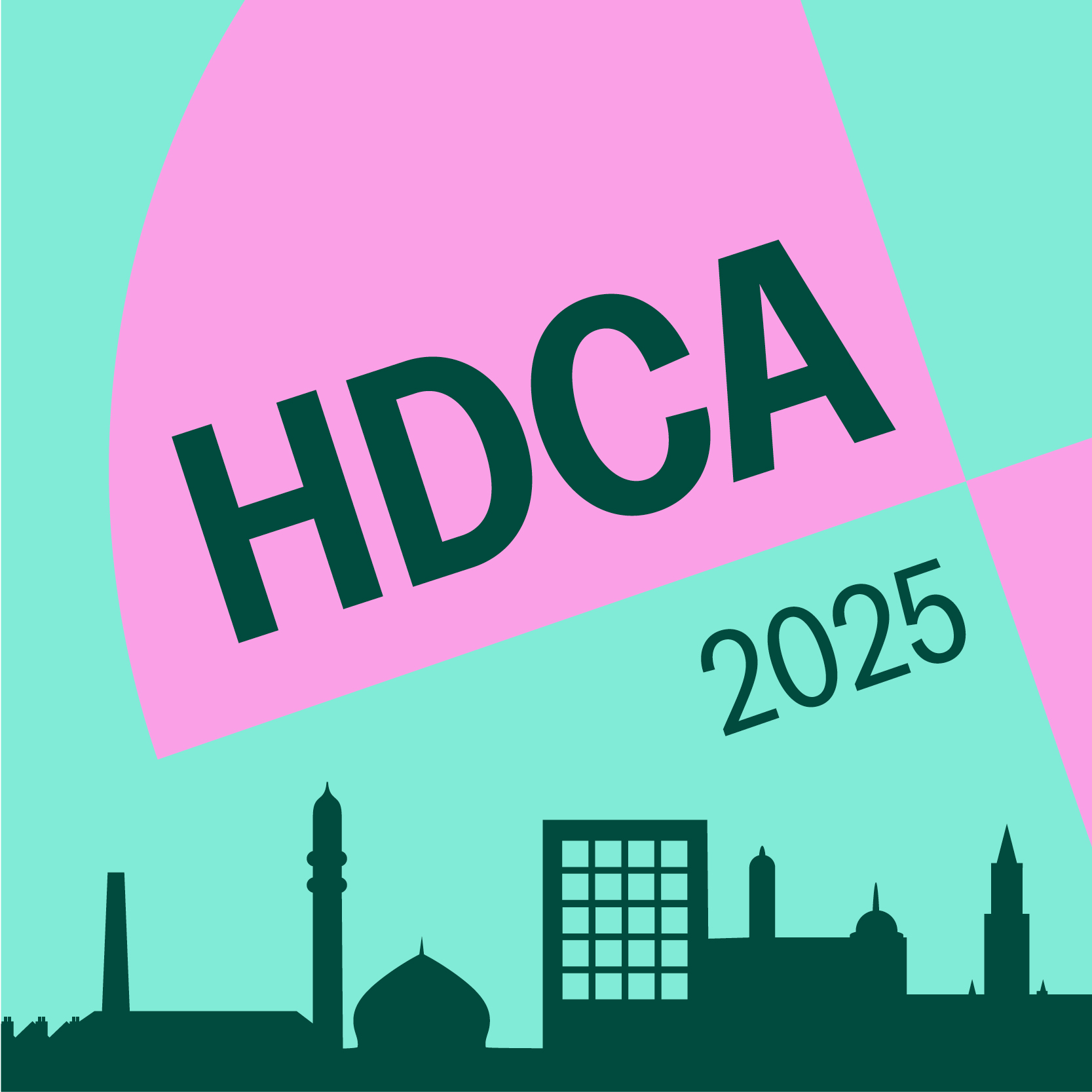…ure. Water bodies that have not been changed nor polluted serve as a model – the final objective being: living and free-flowing rivers. At least, that’s the theory. In practice however, progress has been slow. Although many rivers are no longer as heavily polluted as before and some floodplains have been rehabilitated, there remain many unresolved issues. It’s clear that by 2015, no EU country will have achieved the objectives of the WFD (and some…
Resultados de la búsqueda para: Viagra Approved Pharmacy ⭐ www.HealthMeds.online ⭐ Buy Viagra 100mg - Cheap Viagra Online
-
-
Wang, Chun-Ping (2019). 'Sustainability, cultural capabilities and re-examined Chet Bowes’s eco-justice pedagogy' Paper presented at the annual conference of the HDCA 2019, London, UK.
-
PK, Govindaprasad; Prasad, Dr.Syam (2020). 'Peasant Migration, Intergenerational Mobility and Sustainable Development: An Exploratory Study among the Hilly Areas of Malabar, Kerala' Paper presented at the annual conference of the HDCA 2020.
-
Geenen, Sara (2022). 'Promoting decent work in artisanal and small-scale gold mining: time to dig differently?' Paper presented at the annual conference of the HDCA 2022.
-
Mahajan, Ritika (2022). 'Sustainability of Block Printing Artisans in Bagru, Rajasthan: A Study of their Economic, Social, Environmental Challenges' Paper presented at the annual conference of the HDCA 2022.
-
Wang, Lu (2022). 'Mobile Workers in Trans-local Labour Market: Socio-spatial Inequalities Under Industrial Transformation' Paper presented at the annual conference of the HDCA 2022.
-
Chakraborty, Sudip (2023). 'Child labour in Tobacco: Issues of poverty and human development challenges in Murshidabad district of Bengal in India.' Paper presented at the annual conference of the HDCA 2023.
-
Cruz Sandoval, Loren de Montserrat (2016). 'Media diversity and human capabilities: what happens when media omits or distorts whole groups of people?' Paper presented at the annual conference of the HDCA, Tokyo 2016.
-
Call for Papers: Perspectives and Theories of Social Innovation for Ageing Population
…icle collection https://www.frontiersin.org/research-topics/8000 – Publishing fees including institutional memberships and fee-waiver program https://www.frontiersin.org/about/publishing-fees – Author Guidelines https://www.frontiersin.org/about/author-guidelines – Contact the Frontiers editorial office sociology@frontiersin.org …
-
Call for support: Big Jump Challenge – European water solidarity youth campaign

